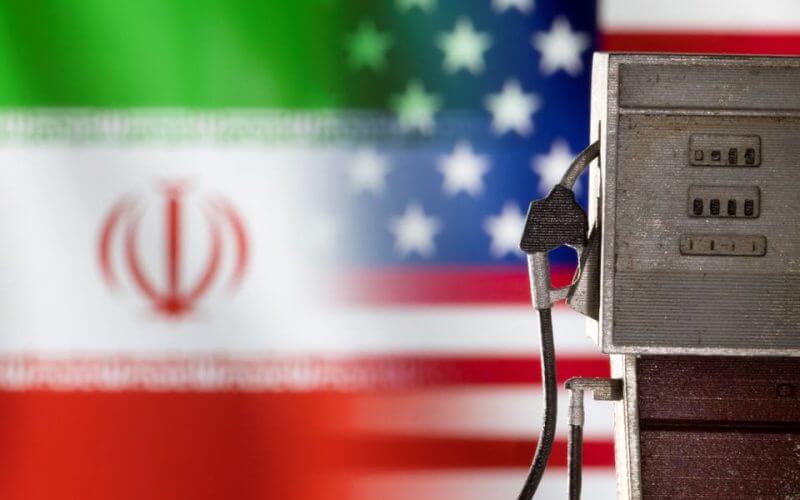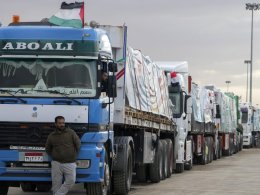Iran's crude exports and oil output have hit new highs in 2023 despite U.S. sanctions, according to consultants, shipping data and a source familiar with the matter, adding to global supply when other producers are limiting output.
Tehran's oil exports have been limited since former U.S. President Donald Trump in 2018 exited a 2015 nuclear accord and reimposed sanctions aimed at curbing oil exports and the associated revenue to Iran's government.
Even so, exports have risen during the term of his successor President Joe Biden. Iranian and Western officials have said the U.S. is holding talks with Iran to sketch out steps that could limit the nuclear programme.
Iranian crude exports exceeded 1.5 million barrels per day (bpd) in May, the highest monthly rate since 2018, according to Kpler, a provider of flows data. They were around 2.5 million bpd in 2018, before the U.S withdrawal from the nuclear deal.
Iran said in May it has boosted its crude output to above 3 million bpd. That's about 3% of global supply and would be the highest since 2018, according to figures from the Organization of the Petroleum Exporting Countries (OPEC). A source familiar with the matter told Reuters earlier this month output was still at this level.
Related Story: Iran and Venezuela Sign New Petrochemical Deal to Increase Trade










